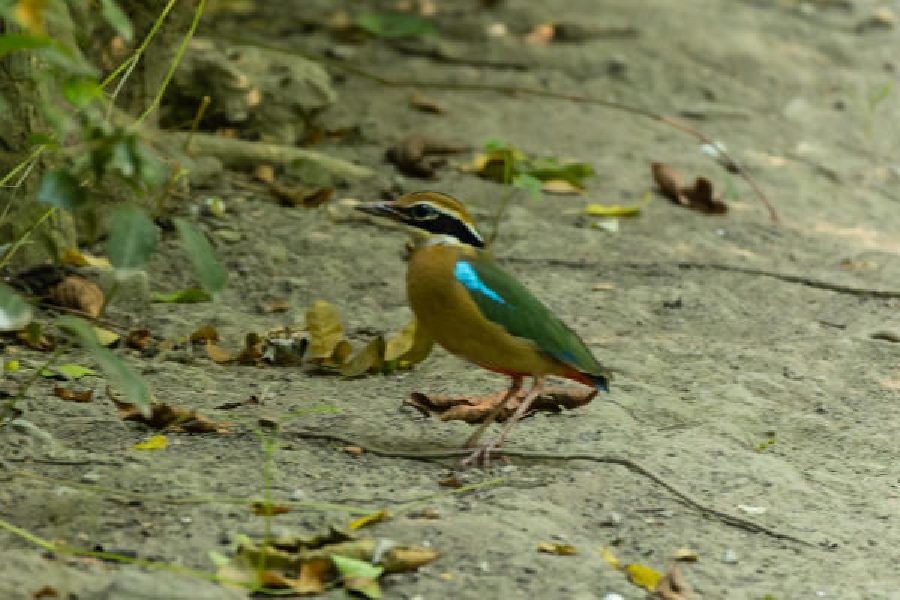The land of the tiger and the crocodile is also a haven for birds, some of them on an intercontinental journey.
The third edition of the Sundarban Bird Festival, to be held from January 22 to 26, offers bird lovers a chance to click the winged guests in the Sunderbans.
The festival is organised by the forest department.
The mangrove delta is an important pit stop for the migratory birds. Two of the eight well-established migratory routes — flyways — on the planet overlap in the Sunderbans, said veteran birders and foresters.
“We are inviting online applications. The participants will get an opportunity to record the occurrence, distribution and habitat preferences of the avians in the Sunderbans,” said Justin Jones, deputy field director, Sundarban Tiger Reserve (STR).
Any individual more than 18 years of age “having good physical fitness and keen interest in nature” is eligible to attend the festival, the organisers said.
A maximum of 24 participants will be accommodated and the selection will be “subject to the decision of a screening committee,” they said.
The online link to submit application is https://www.sundarbantigerreserve.org/. The last date for application is December 26. The participation fee is ₹15,000.
The participants will be split into smaller teams and travel on boats along different islands in the STR and the South-24-Parganas forest division with a central camping site at Sajnekhali.
The previous edition — from January 17 to 20 — had 145 species and 8,776 birds sighted. The sightings included non-migratory birds as well. All this despite inclement weather.
“Last year, the weather on the said dates was not favourable for birding. Rain and clouds marred the exercise. But the sightings were still impressive,” a forest official said.
The mangrove delta holds “a place of high significance as it lies along the junction of two major avian flyways (Central Asian and East Asian) and plays a crucial role in the foraging and breeding habits in the winter migration of birds using these flyways,” said a note shared by the STR in the run-up to the previous edition.
The great knot, red knot, godwit, sanderling and common crane are some of the migratory birds that use the Sunderbans as a pit stop.
Some rare migratory birds like the Eurasian Oystercatcher and Nordmann’s greenshank, one of the most endangered shorebirds on earth, have also been sighted in the Sunderbans in recent years.
In the previous edition, National Park West, one of the four ranges of the STR, recorded the maximum sightings of species (75), followed by the Basirhat range (70).










